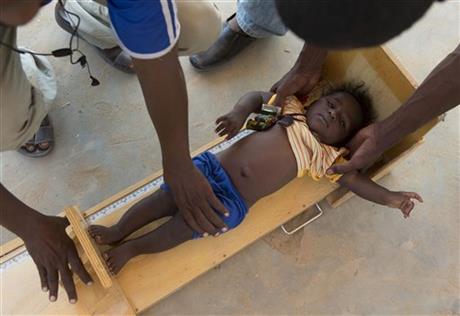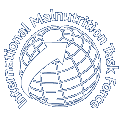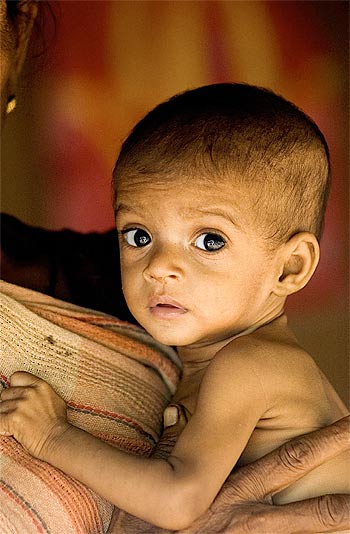Identifying SAM children: MUAC and/or Weight-for-Height

Grellety and Golden (2018) have published 3 new papers which challenge the use of MUAC solely for identification of children with Severe Acute Malnutrition. Access the full papers below: Severely malnourished children with a low weight-for-height have a higher mortality than those with a low mid-upper-arm-circumference: I. Empirical data demonstrates Simpson’s paradox link Severely malnourished […]



